Home>Interior Design>Landscaping Around Trees – 10 Stunning Ideas
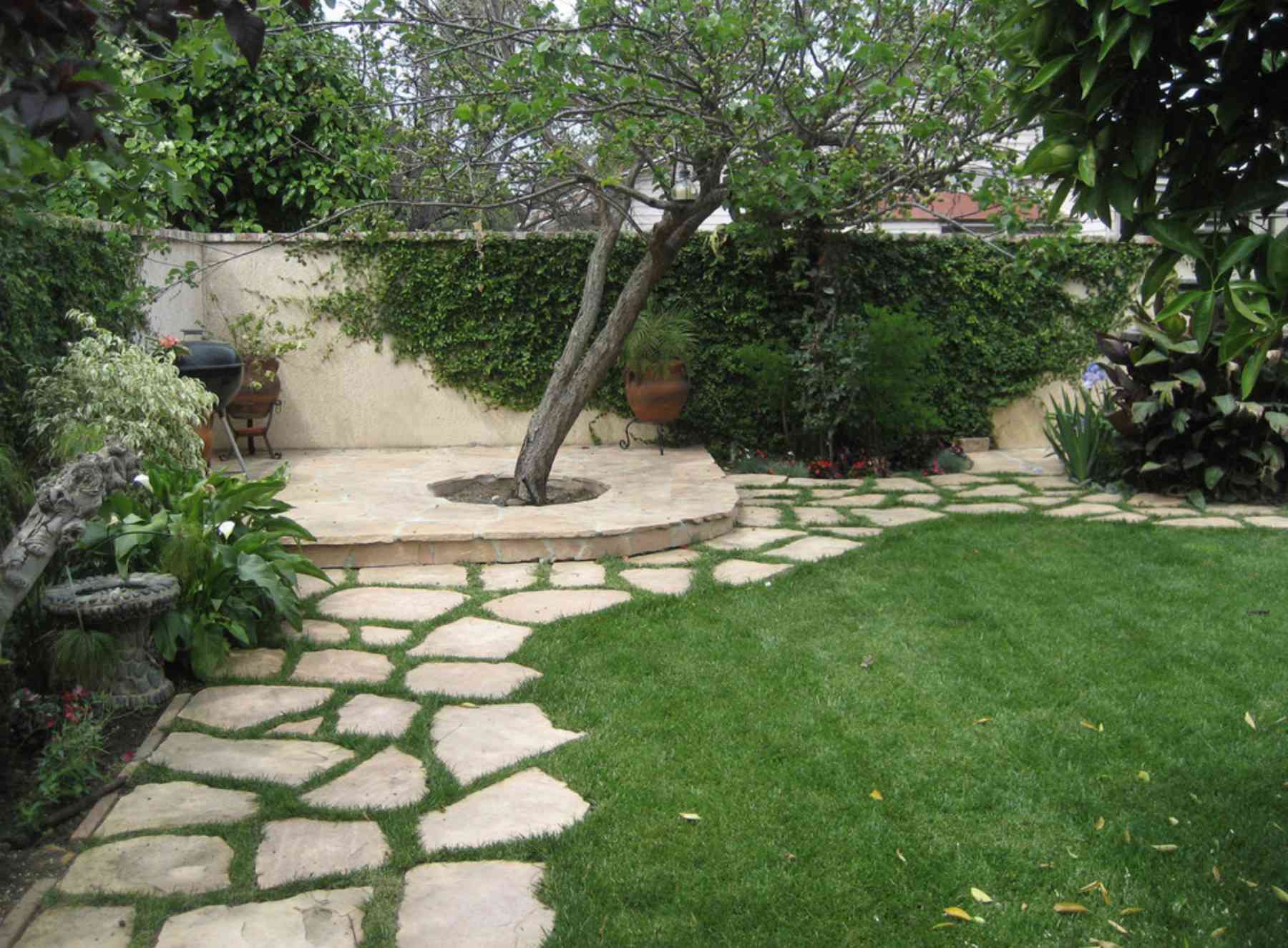

Interior Design
Landscaping Around Trees – 10 Stunning Ideas
Modified: October 18, 2024
Looking for creative landscaping ideas around trees? Discover 10 stunning designs that will enhance your interior design. Transform your outdoor space today!
(Many of the links in this article redirect to a specific reviewed product. Your purchase of these products through affiliate links helps to generate commission for Storables.com, at no extra cost. Learn more)
Introduction
Welcome to the world of interior design, where creativity, beauty, and functionality come together to transform ordinary spaces into extraordinary ones. In this article, we will delve into the realm of landscaping around trees and explore 10 stunning ideas to enhance the beauty and allure of your outdoor space.
Landscaping around trees is a fantastic way to bring visual interest, texture, and color to your garden or backyard. It not only adds depth and dimension but also creates a harmonious blend between nature and man-made elements. Whether you have mature trees with sprawling canopies or young saplings eager to grow, there are countless possibilities to make the space around them truly mesmerizing.
Before we dive into the ideas, it’s important to consider a few key factors for successful tree landscaping. First, take into account the size, shape, and species of the tree. This will help you choose the right plants and materials that complement its unique characteristics. Additionally, consider the amount of sunlight, soil type, and moisture levels in the specific area around the tree. These factors will play a crucial role in determining the types of plants that will thrive in the given environment.
Now, without further ado, let’s explore 10 stunning ideas for landscaping around trees that will transform your outdoor space into a captivating oasis!
Key Takeaways:
- Transform your outdoor space with 10 stunning landscaping ideas around trees, from flower beds to water features, creating a harmonious blend of nature and creativity.
- Consider the specific needs of your trees and integrate practicality with aesthetics to create an attractive, low-maintenance, and personalized outdoor oasis.
Read more: How To Fix E2 Error In A Washing Machine
Idea 1: Flower Bed Surrounding Tree Trunk
One of the most classic and charming ideas for landscaping around trees is to create a flower bed surrounding the tree trunk. This not only adds beauty and color to the area but also utilizes the space effectively.
Start by clearing the area around the tree trunk, removing any weeds or debris. Then, create a circular or semi-circular flower bed around the base of the tree. You can use bricks, stones, or wooden edging to define the perimeter of the flower bed and prevent soil erosion.
When choosing plants for the flower bed, consider the amount of sunlight the area receives and the size and growth patterns of the tree. Opt for shade-loving flowers and plants that complement the color scheme of your garden. For a vibrant and lush look, mix different types of flowers, such as tulips, daffodils, asters, and hydrangeas. Add some greenery with ferns or hostas for a balanced and textured arrangement.
Remember to leave ample space between the tree trunk and the flower bed to allow for proper air circulation and prevent damage to the tree. Apply a layer of mulch over the soil to help retain moisture, suppress weeds, and give a finished look to the flower bed.
Not only does a flower bed surrounding the tree trunk add visual appeal, but it also provides a habitat for beneficial insects and pollinators. You can attract butterflies and hummingbirds by planting nectar-rich flowers such as lavender and salvia.
To add a touch of whimsy and charm, consider incorporating decorative elements like garden sculptures, bird baths, or small garden lights. These finishing touches will not only enhance the overall aesthetic but also create a welcoming and magical atmosphere.
With a flower bed surrounding the tree trunk, you can bring life and color to even the smallest of garden spaces. It’s a simple yet effective way to transform the area around the tree into a breathtaking focal point that will be the envy of your neighbors!
Idea 2: Mulch and Stone Border
If you’re looking for a low-maintenance yet visually appealing option for landscaping around trees, consider creating a mulch and stone border. This combination not only adds a neat and polished look but also helps with weed control and moisture retention.
Start by clearing the area around the tree and removing any existing grass or weeds. Then, define the border by installing a stone or brick edge. This will create a clear separation between the tree and the surrounding landscape.
Next, spread a layer of mulch around the tree within the defined border. Mulch not only acts as a natural weed suppressant but also helps retain moisture in the soil, providing a healthier environment for the tree’s roots. Organic mulch, such as shredded bark or wood chips, is a popular choice as it breaks down over time, adding nutrients to the soil.
Choose a mulch color that complements your tree’s foliage and the overall color scheme of your garden. Darker mulch colors, like black or brown, provide a striking contrast against lighter-colored flowers or plants.
To add visual interest and texture to the area, consider incorporating decorative stones or gravel within the border. Choose stones in different shapes, sizes, and colors to create an eye-catching mosaic effect. This not only enhances the overall aesthetic but also adds a sense of depth and dimension to the space.
By creating a mulch and stone border, you are not only enhancing the beauty of your tree but also creating a defined and finished look to the area. The combination of mulch and stones provides a clean and structured appearance that requires minimal maintenance.
Remember to periodically replenish the mulch layer as it decomposes over time. This will ensure its effectiveness in weed control and moisture retention.
This mulch and stone border idea is perfect for those who want a simple yet elegant solution for landscaping around their trees. It allows the tree to take the center stage while still adding a touch of finesse to the overall landscape design.
Idea 3: Natural Rock Garden
Create a captivating and harmonious landscape around your trees with a natural rock garden. This idea not only adds a touch of serenity and tranquility but also mimics the beauty of nature in a unique and artistic way.
Start by selecting a variety of rocks in different shapes, sizes, and colors. Look for rocks that complement the natural elements of your garden and the tree itself. Large boulders can serve as focal points, while smaller rocks can be arranged to create pathways or decorative accents.
Clear the area around the tree and create a design that incorporates the rocks seamlessly into the landscape. Arrange the rocks strategically, taking into consideration the tree’s shape, growth pattern, and desirable visual impact. Leave enough space between the rocks for planting some low-growing ground cover or moss for a more natural look.
Choose drought-tolerant and resilient plants that can thrive in rocky environments. Succulents like sedum and hens-and-chicks are great options as they provide a striking contrast against the rugged rocks and require minimal upkeep. Native grasses and wildflowers can also be added to create a more organic and wild effect.
Incorporate elements like driftwood, logs, or tree stumps to further enhance the natural aesthetic. These natural elements add an element of texture and can serve as resting spots for birds or seating areas for humans.
For added visual interest, consider incorporating a small bubbling rock or a miniature waterfall within the rock garden. This brings the soothing sound of water and adds a dynamic element to the landscape.
The natural rock garden not only enhances the beauty of your tree but also creates a space where you can slow down and enjoy the serenity of nature. It brings a sense of ruggedness and timelessness to the area, creating a captivating and peaceful atmosphere.
Maintaining a natural rock garden is relatively low-maintenance. Keep the area free of debris and weeds, and periodically check for any plants that may become overgrown and need trimming.
Implementing a natural rock garden around your trees is a great way to blend the beauty of nature with your own personal touch. It creates a stunning and unique landscaping feature that will be sure to impress your visitors and provide you with a tranquil retreat in your own backyard.
Idea 4: Potted Plants and Hanging Baskets
Add a touch of versatility and mobility to your tree landscaping by incorporating potted plants and hanging baskets. This idea allows you to bring color and greenery to the area while easily rearranging and switching out plants for different seasons or aesthetics.
Start by selecting a mix of potted plants and hanging baskets that thrive in the lighting conditions and soil type around your tree. Choose plants with varying heights, shapes, and colors to create visual interest and balance. Consider including a mixture of flowers, foliage plants, and even herbs or vegetables for added functionality.
Place the potted plants strategically around the tree, taking into account their growth patterns and the available space. Arrange the pots in a way that allows for easy access and maintenance. Be mindful not to overcrowd the area to avoid competition for nutrients and sunlight.
For added dimension and visual appeal, hang baskets from higher branches of the tree. Choose plants with trailing foliage or cascading flowers to create a beautiful waterfall of greenery.
Consider using pots and baskets of different materials and finishes to add texture and variety to the overall design. Terracotta pots provide a rustic and earthy look, while colorful glazed ceramic pots add a pop of brightness. Hanging baskets made of woven materials bring a natural and bohemian touch to the space.
Don’t be afraid to experiment with different combinations and arrangements throughout the year. Swap out seasonal plants to keep the display fresh and vibrant. For example, in spring you can showcase tulips and daffodils, while in the summer, vibrant geraniums and petunias can steal the show.
Regularly water and fertilize the plants in accordance with their individual needs. Keep an eye out for pests and diseases and take appropriate action to maintain the health of the plants.
The beauty of using potted plants and hanging baskets is their flexibility. You can easily move them around or rearrange them to accommodate new plant additions or to change the overall layout of your outdoor space.
With potted plants and hanging baskets, you can transform the area around your trees into a movable garden oasis. It allows you to bring the beauty of plants up-close, making it a delightful and ever-changing sight to behold.
Idea 5: Perennial Ground Cover
If you’re looking for a low-maintenance and visually appealing option for landscaping around trees, consider incorporating perennial ground cover plants. These plants not only provide a lush and green carpet-like effect but also help suppress weeds and retain moisture in the soil.
Start by selecting perennial ground cover plants that thrive in the specific lighting conditions and soil type around your tree. Look for plants that are known for their spreading growth habit and dense foliage. Some popular options include creeping thyme, ajuga, vinca minor, and pachysandra.
Clear the area around the tree of any existing grass, weeds, or debris. This will provide a clean canvas for the ground cover plants to grow and spread. Ensure that the soil is well-prepared and free from compacted areas to allow for proper root growth.
Plant the selected ground cover plants at the appropriate spacing, taking into consideration their mature growth size. Space them closely together to create a dense and uniformed carpet-like effect. Water the plants thoroughly after planting to promote root establishment.
As the ground cover plants start to grow and spread, they will naturally fill in the space around the tree, creating a beautiful and cohesive look. The dense foliage not only adds a touch of greenery but also helps to suppress weeds, reducing the need for constant maintenance.
One of the advantages of using perennial ground cover plants is their ability to withstand various weather conditions and come back year after year. With proper care and occasional pruning to control their growth, these plants can provide long-lasting beauty and greenery to your tree landscaping.
When choosing perennial ground cover plants, consider their foliage color and texture to create a visually appealing contrast against the tree’s bark or foliage. For example, if your tree has dark bark, consider pairing it with ground cover plants with lighter-colored leaves for a striking contrast.
Remember to periodically inspect and remove any weeds or unwanted growth that may emerge among the ground cover plants. This will help maintain the health and aesthetic appeal of the area.
With perennial ground cover plants, you can transform the space around your trees into a lush and low-maintenance garden. Not only will it enhance the beauty of your trees, but also the overall aesthetic of your outdoor space.
When landscaping around trees, consider using mulch to retain moisture, suppress weeds, and protect the tree roots. Choose a mulch that complements the tree and surrounding plants.
Idea 6: Moss and Ferns
Create an enchanting and mystical landscape around your trees with the timeless beauty of moss and ferns. These ancient plants add a touch of tranquility and nature’s charm to any outdoor space.
Moss is a versatile and resilient plant that can thrive in shady environments with high moisture levels. It requires minimal maintenance and spreads naturally, creating a lush and vibrant carpet-like effect around the tree. Look for different varieties of moss, such as sheet moss, cushion moss, or rock cap moss, to add texture and variety to the area.
Ferns, on the other hand, are graceful and elegant plants known for their delicate fronds and vibrant green colors. They thrive in shady and moist conditions, making them ideal companions for moss. Choose fern species that are well-suited for your specific climate and growing conditions. Some popular fern choices include maidenhair ferns, Boston ferns, and Japanese painted ferns.
To initiate the growth of moss, mist the tree trunk and surrounding soil with water to create a humid environment. Place small patches or clumps of moss on the moistened area, gently pressing them down to ensure good contact with the soil. Over time, the moss will establish and spread, creating a beautiful and natural ground cover.
Intersperse ferns among the moss to create a layered and textured look. Plant them in the soil around the tree, ensuring they receive adequate shade and moisture. Consider arranging ferns of varying heights and sizes to create a visually appealing composition.
Moss and ferns create a serene and calming atmosphere, reminiscent of a lush forest floor. They not only add greenery and beauty to the area but also help to retain moisture in the soil, creating a healthier environment for the tree’s roots.
Maintaining moss and ferns is relatively low-maintenance. Keep the area free of debris and periodically mist the moss to ensure it remains moist. Water the ferns as needed to keep the soil consistently moist, but not overly saturated.
With moss and ferns, you can transform the space around your trees into a tranquil and enchanting oasis. It’s a perfect idea for those who appreciate the soothing and timeless beauty of nature.
Idea 7: Colorful Annuals
Add a burst of vibrant color and seasonal charm to your tree landscaping with the inclusion of colorful annual plants. These plants are known for their robust blooms and wide range of hues, making them a perfect choice to brighten up the area around your trees.
Start by selecting annual plants that thrive in the specific lighting conditions and soil type around your tree. Consider the height and growth habit of the plants to ensure they complement the size and shape of the tree. Some popular choices for colorful annuals include marigolds, petunias, zinnias, cosmos, and begonias.
Clear the area around the tree, removing any weeds or debris. Prepare the soil by enriching it with compost or a well-balanced fertilizer to provide the plants with the nutrients they need to thrive.
Plant the annuals at appropriate intervals, considering their mature size. Ensure they are spaced out evenly to create a balanced and visually appealing arrangement. Water the plants thoroughly after planting, and continue to water as needed to keep the soil moist.
As the annuals grow and bloom, they will create a stunning display of colors and textures around the tree. You can choose a single color palette for a cohesive and harmonious look or mix and match different shades for a vibrant and eclectic feel.
Remember to deadhead spent blooms regularly to encourage continuous flowering and to remove any fading foliage to maintain the overall aesthetic appeal.
Colorful annuals provide a dynamic and ever-changing landscape around your trees. With each new season, you can introduce different varieties and colors to keep the area fresh and exciting.
Consider incorporating complementary elements such as decorative planters, garden ornaments, or trellises to enhance the overall visual impact. These elements can provide additional structure and height, adding depth and interest to the space.
With colorful annuals, you can transform the area around your trees into a vibrant and captivating display that will draw attention and admiration from onlookers. It’s a fantastic choice for those who love the beauty and joy that blooming flowers bring to any outdoor space.
Idea 8: Vegetable or Herb Garden
Maximize the functionality and beauty of your outdoor space by creating a vegetable or herb garden around your trees. Not only will this idea provide you with fresh and homegrown produce, but it will also add a touch of practicality and sustainability to your tree landscaping.
Start by selecting a variety of vegetables or herbs that are suitable for the lighting conditions and soil type around your tree. Consider the amount of sunlight the area receives to ensure you choose plants that thrive in either full sun or partial shade. Vegetables like tomatoes, peppers, and beans are great options for sunny locations, while herbs such as mint, parsley, and thyme do well in partial shade.
Clear the area around the tree, removing any weeds, rocks, or debris. Prepare the soil by loosening it and removing any compaction. Incorporate organic matter like compost or well-rotted manure to enrich the soil and provide essential nutrients for the plants.
Plant the vegetables or herbs at appropriate intervals, considering their mature size and spacing requirements. Follow the planting instructions for each specific plant to ensure optimal growth and development.
Water the plants consistently, keeping the soil moist but not waterlogged. Mulch around the plants to help retain moisture, suppress weeds, and provide insulation to the roots.
As the plants grow and mature, you will be rewarded with a bountiful harvest of fresh vegetables or flavorful herbs. Utilize the produce in your culinary creations, enjoying the satisfaction of knowing exactly where your food comes from.
In addition to the practical benefits, a vegetable or herb garden adds a visually interesting element to the area around your trees. The vibrant foliage, colorful fruits, and aromatic scents create a dynamic and enticing display.
Consider incorporating trellises or stakes for vining plants like tomatoes or beans, providing additional vertical interest and maximizing space utilization.
With a vegetable or herb garden, you can transform the area around your trees into a productive and sustainable oasis. Not only will you enjoy the benefits of fresh and healthy produce, but you will also have a unique and purposeful element in your tree landscaping.
Idea 9: Miniature Fairy Garden
Indulge your imagination and create a whimsical and enchanting world by designing a miniature fairy garden around your trees. This idea brings a touch of magic and wonder to your outdoor space, captivating both young and old.
Start by selecting a suitable location around the tree where you can create your miniature fairy garden. Choose an area with partial shade or dappled sunlight to provide a favorable environment for the fairy garden plants.
Clear the area of any debris, rocks, or weeds. Create a defined space by outlining it with small stones or a miniature fence. This will create a sense of boundary and make the fairy garden feel like a separate and special realm.
Select miniature plants that are proportionate to the size of your fairy garden. Look for small-scale varieties of flowers, shrubs, and ground covers. Plants like dwarf impatiens, elfin thyme, or baby’s tears are ideal choices. Incorporate plants with different textures and colors to create visual interest.
Add whimsical elements to your fairy garden, such as miniature fairy houses, tiny furniture, and decorative accents. You can find a wide variety of fairy garden accessories and decorations at garden centers or online. Incorporate items like small fairy figurines, mini bridges, whimsical signs, or even tiny bird baths.
Consider creating small pathways using pebbles, miniature stones, or tiny stepping stones. This will not only add functionality but also enhance the overall design and create a sense of discovery as you navigate the fairy garden.
Include a water feature such as a miniature pond or a tiny waterfall to bring a sense of tranquility and harmony to the fairy garden. You can use a small container or create a shallow depression in the ground lined with a water-resistant material.
Caring for a miniature fairy garden is relatively simple. Water the plants as needed, being mindful not to overwater. Remove any dead leaves or trim overgrown plants to maintain a tidy and magical appearance.
A miniature fairy garden adds charm and a touch of whimsy to the area around your trees. It becomes a focal point that sparks imagination and invites you to enter a world of make-believe.
Whether you create it for yourself or for the little ones in your life, a miniature fairy garden brings joy and wonder to your outdoor space. It’s a magical idea that will surely leave a lasting impression on all who encounter it.
Idea 10: Water Feature
Elevate the ambiance and create a soothing oasis around your trees with the addition of a water feature. The sight and sound of flowing water bring tranquility and create a serene atmosphere in your outdoor space.
Start by choosing a water feature that suits the size and style of your tree landscaping. Options include a small pond, a cascading waterfall, or a bubbling fountain. Consider the space and budget you have available, as well as your personal aesthetic preferences.
Clear the area around the tree where you plan to install the water feature. Ensure the area is level and free of any debris. If you choose to install a pond, dig a hole of the desired size and line it with a pond liner or pre-formed pond shell.
Once the water feature is in place, surround it with natural elements to create a harmonious blend with your tree and the surrounding landscape. Use rocks, stones, and plants to create a seamless transition between the water feature and the rest of the area.
Consider incorporating aquatic plants such as water lilies or lotus flowers into your water feature. These plants not only add beauty with their vibrant blooms but also help to oxygenate the water and provide shelter for aquatic life.
Install a small water pump to keep the water circulating and ensure it remains fresh and clean. This will also add movement and sound to the water feature, enhancing its appeal and creating a soothing and relaxing environment.
If you choose to install a waterfall or fountain, place it strategically to create a visually captivating focal point. The sound of trickling water can create a calming effect and mask any unwanted noise from surrounding areas.
Consider adding lighting to your water feature to create a magical ambiance during the evening hours. Submersible LED lights or landscape lighting can be used to highlight different elements of the water feature, creating a captivating and enchanting display.
Maintain your water feature by regularly cleaning the water, removing any debris, and ensuring the pump is functioning properly. Also, be mindful of any specific care requirements for the aquatic plants or fish, if you choose to include them in your water feature.
A water feature around your trees adds a sense of tranquility and elegance to your outdoor space. It creates a focal point that evokes relaxation and connects you with the soothing sounds of nature.
Whether you choose a simple fountain or an elaborate pond, a water feature can transform the area around your trees into a serene and inviting retreat.
Conclusion
Landscaping around trees offers a myriad of opportunities to transform your outdoor space into a captivating and inviting oasis. Whether you’re looking to add visual interest, create a functional garden, or evoke a sense of tranquility, the ideas presented in this article provide a range of options to suit your preferences and needs.
From flower beds surrounding tree trunks to the natural beauty of rock gardens, each idea offers a unique and creative way to enhance the beauty and allure of your trees. Potted plants, colorful annuals, and perennial ground cover bring bursts of color and vibrancy, while moss and ferns exude a sense of tranquility.
For those seeking a touch of whimsy and enchantment, a miniature fairy garden creates a magical world within your outdoor space. And for those craving serenity, the addition of a water feature brings a soothing and calming ambience.
When implementing any of these ideas, it’s essential to consider the specific needs of your trees, such as the amount of sunlight, soil type, and moisture levels. Choosing plants and materials that complement your trees’ characteristics will help create a harmonious and thriving landscape.
Remember to integrate practicality with aesthetics. Consider functionality and maintenance when selecting plants and designs. Low-maintenance options like perennial ground cover or a mulch and stone border offer long-lasting beauty with minimal effort.
By incorporating these ideas into your tree landscaping, you can create an attractive, inviting, and personalized outdoor space that reflects your style and enhances the beauty of nature.
So, unleash your creativity, infuse your own personal touch, and embark on the journey of transforming the space around your trees into a visually stunning and harmonious haven. Whether you take inspiration from flower beds, rock gardens, potted plants, or even miniature fairy gardens, the possibilities are endless.
With a little bit of planning, some carefully selected plants, and a touch of your unique style, your tree landscaping will become a captivating and enjoyable space for you, your family, and your guests to appreciate and enjoy for years to come.
Frequently Asked Questions about Landscaping Around Trees – 10 Stunning Ideas
Was this page helpful?
At Storables.com, we guarantee accurate and reliable information. Our content, validated by Expert Board Contributors, is crafted following stringent Editorial Policies. We're committed to providing you with well-researched, expert-backed insights for all your informational needs.







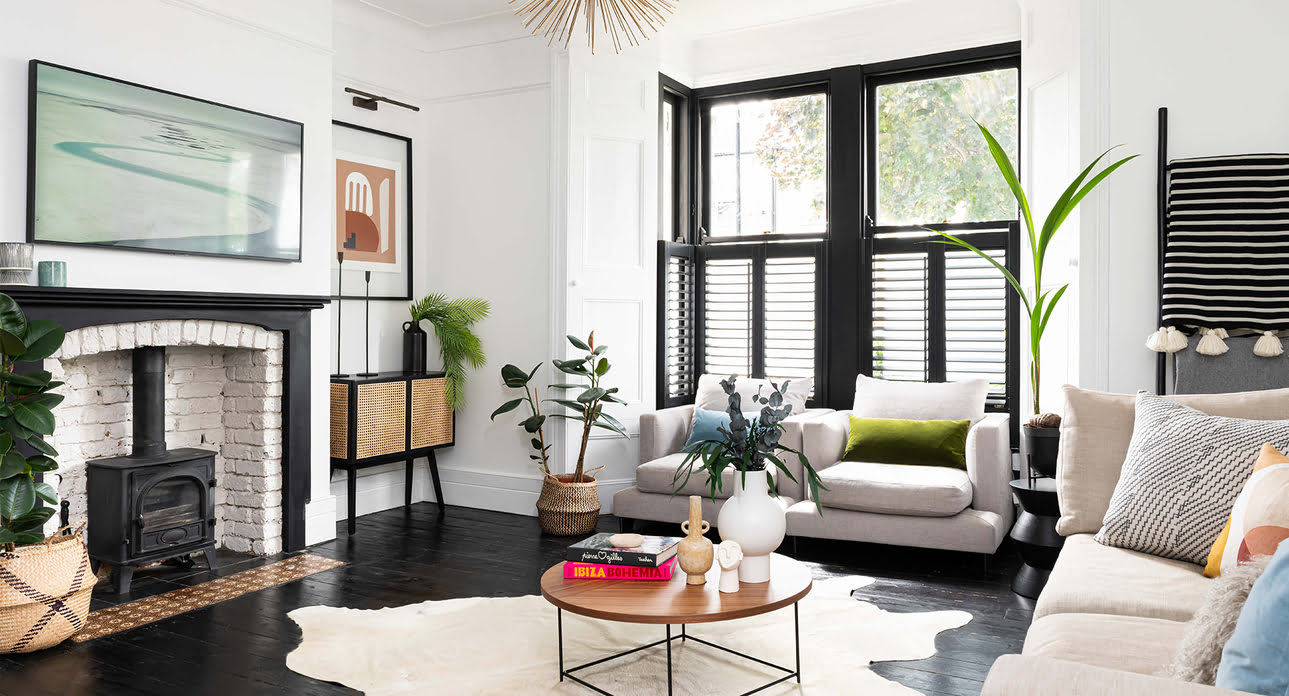


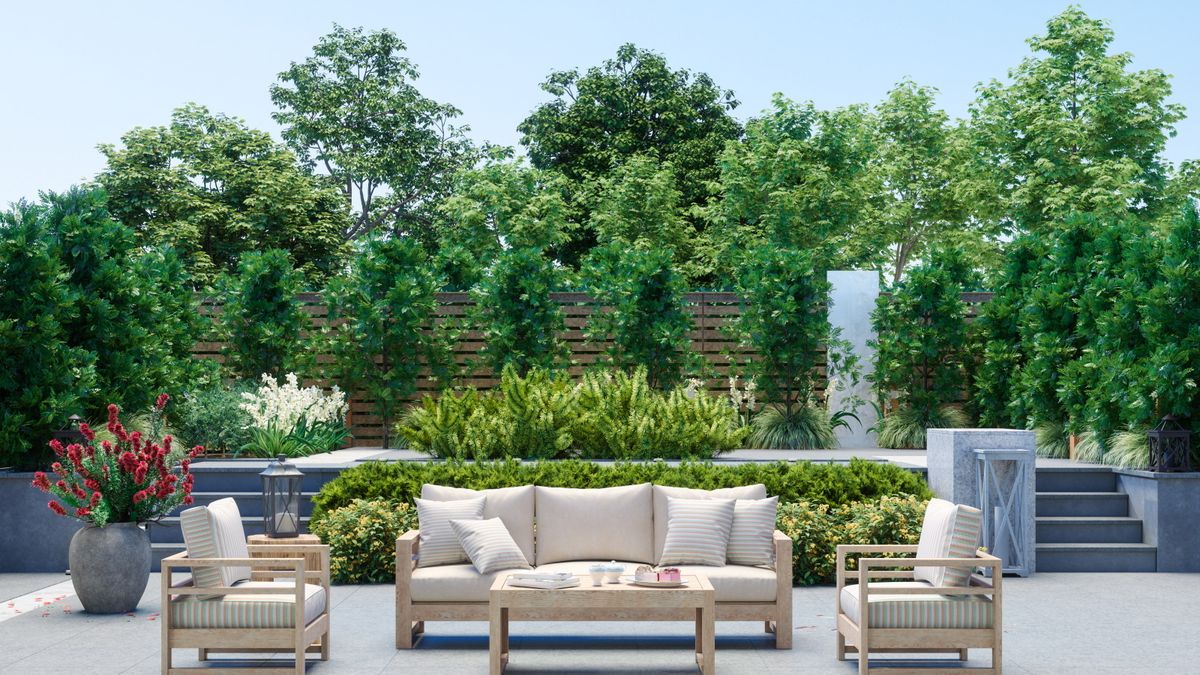
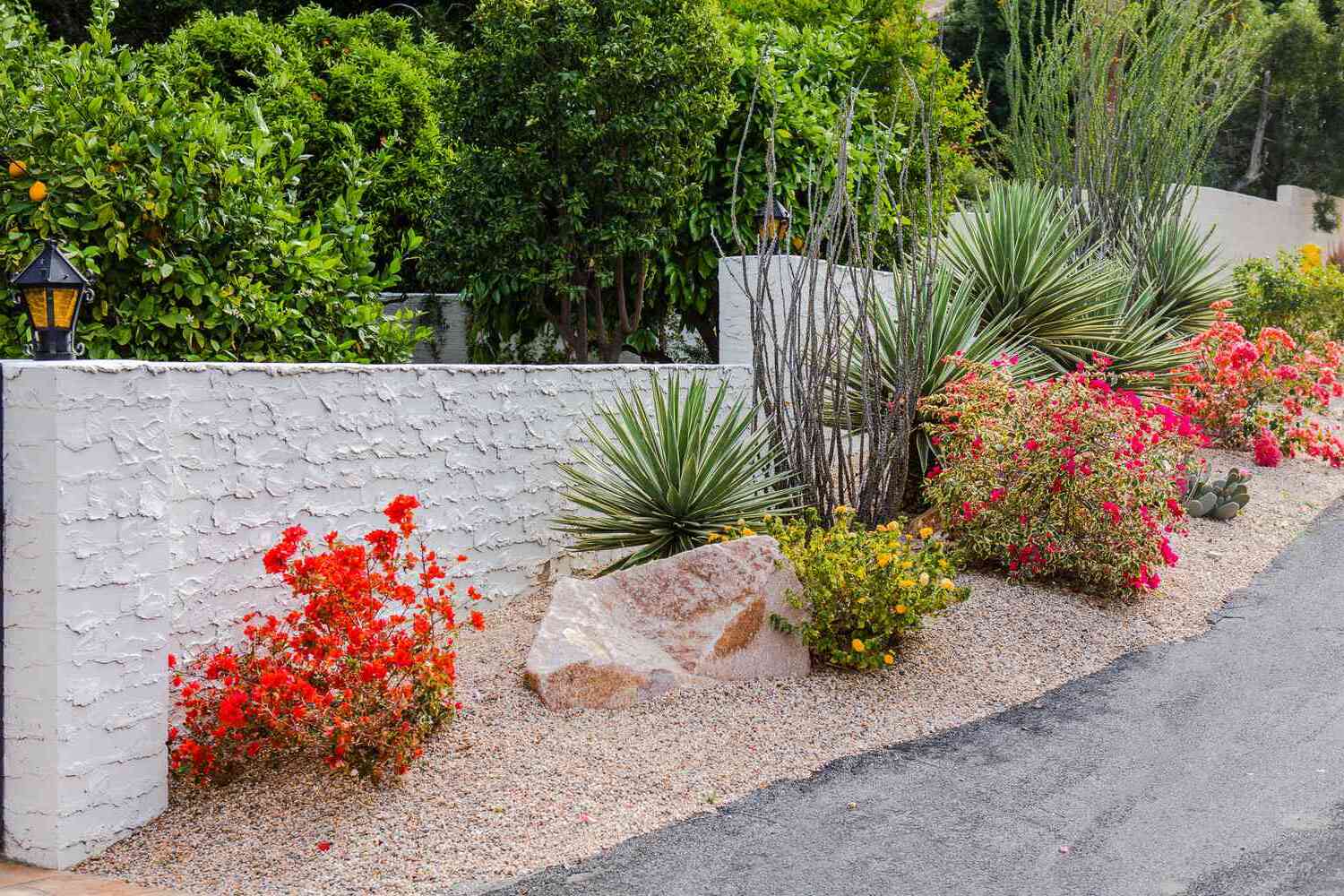
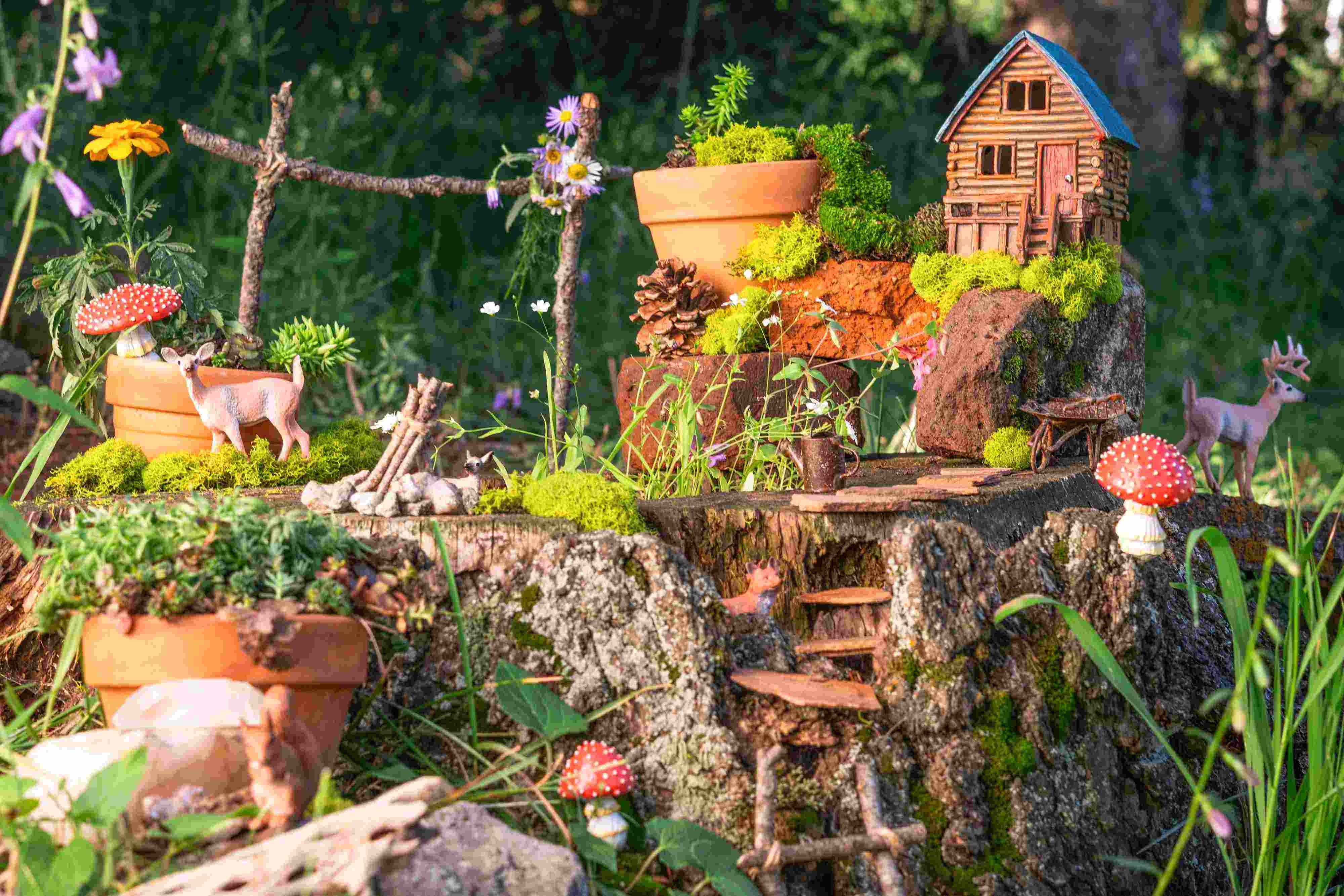

0 thoughts on “Landscaping Around Trees – 10 Stunning Ideas”